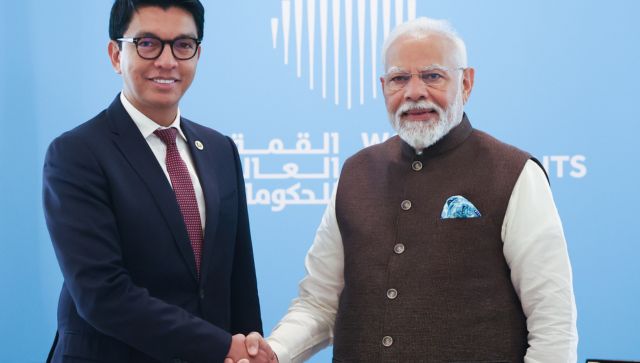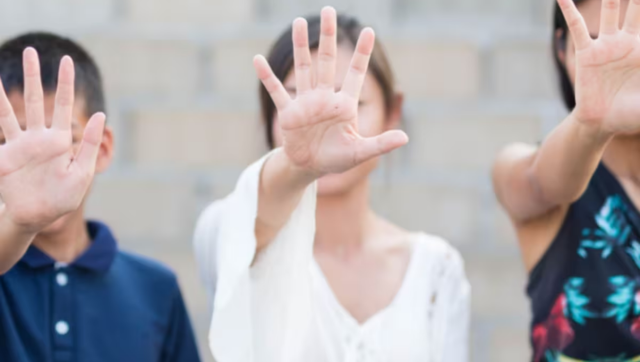Madagascar is the world’s fourth largest island (after Greenland, New Guinea and Borneo) located in the western Indian Ocean. Owing to its unique biodiversity, it is considered as the eighth continent. Geologically, Madagascar broke away from Gondwanaland 167 million years ago and has been isolated from the rest of the world after breaking apart from the Indian tectonic plate about 65 million years ago. Geologists consider the Palakkad gap in the Western Ghats as the place where Madagascar broke away from the Indian plate: The Angavo Entrapment in Madagascar and the Palakkad gap in Kerala fit into each other perfectly.
Madagascar has a diverse landscape with narrow plains in the east, a chain of mountains in the centre and wide plains in the west. Due to its topography, a number of climatic regions exist in Madagascar leading to a very high rate of speciation compared to the rest of the world.
It is believed that the first humans arrived in Madagascar in boats from Borneo, Indonesia about 2000 years ago. Later migrations took place from east Africa, Arabia, India and other parts of the world, giving rise to a diverse population consisting of 18 major ethnic groups. Members of these ethnic groups speak Malagasy, with some regional variations, a rich language full of images, metaphors and proverbs, which is mainly of Indonesian origin, with some words derived from Kiswahili, Arabic and Sanskrit.
Madagascar is a global biodiversity hotspot and its unique flora and fauna is conserved through a network of national parks and protected areas, which consists of over 120 sites. The island has some 13,000 species of flowering plants, out of which 89 percent are endemic. It is also the motherland of baobabs. Out of the eight species of baobabs found worldwide, six are exclusively found in Madagascar. There are over 150,000 species of invertebrates, around 300 species of butterflies out of which 211 are endemic to Madagascar, 283 species of birds, 51 percent of which are endemic species and over 110 species of lemurs from pygmy mouse lemur weighing only 25 grams to Indri Indri, the largest surviving lemur, which are only found in Madagascar.
I arrived in Madagascar in March 2019 and instantly felt its magic with multiple enlightenments taking place within me while waking up with birdsong, looking at mynahs, hoopoes, black Vasa parrots, red fodies, yellow wagtails, green geckos, colour changing chameleons, butterflies and dragonflies of all possible colours, bees sucking nectar from flowers. Here I present the magic of Madagascar through a series of haiku and selected photographs taken by me while travelling across this magical island.
***
a purple shower
of Jacaranda flowers
who needs a red carpet?
***
sea of innocence
exuding amber light
lemur’s eyes
***
shining
frangipani flower
five-petaled sun
***
morning to evening
poetry of hoopoes
what do they sing?
***
always ready
for a party
red fody
***
dancing sifakas
rest at noon
unbearable heat
***
how much
green gecko loves
the bright winter sun
***
calling out
to walk barefoot
the tsingys of Bemaraha
***
sporty mouse lemur peeping
out from the tree hole
bliss at Bemaraha
***
stick insect at Isalo
still on the tree-twig
try finding it!
***
a haunting hum
fills Andasibe
Indri Indri
***
how innocent they look
napping at Tsimbazaza
fierce fossas
***
singing, flying, mating
they spend their days
Vasa parrots
***
stretching its arms
in prayer
a traveller’s palm
***
solitary panther chameleon
at Ivoloina
don’t you want company?
***
greater bamboo lemur
busy eating leaves
how adorable
***
crested drongo
in the forest
can’t rest
***
long tailed
Madagascar cuckoo
for whom do you sing?
***
Abhay K is a poet, diplomat, editor and translator. He is the author of nine poetry collections.
)
)
)
)
)